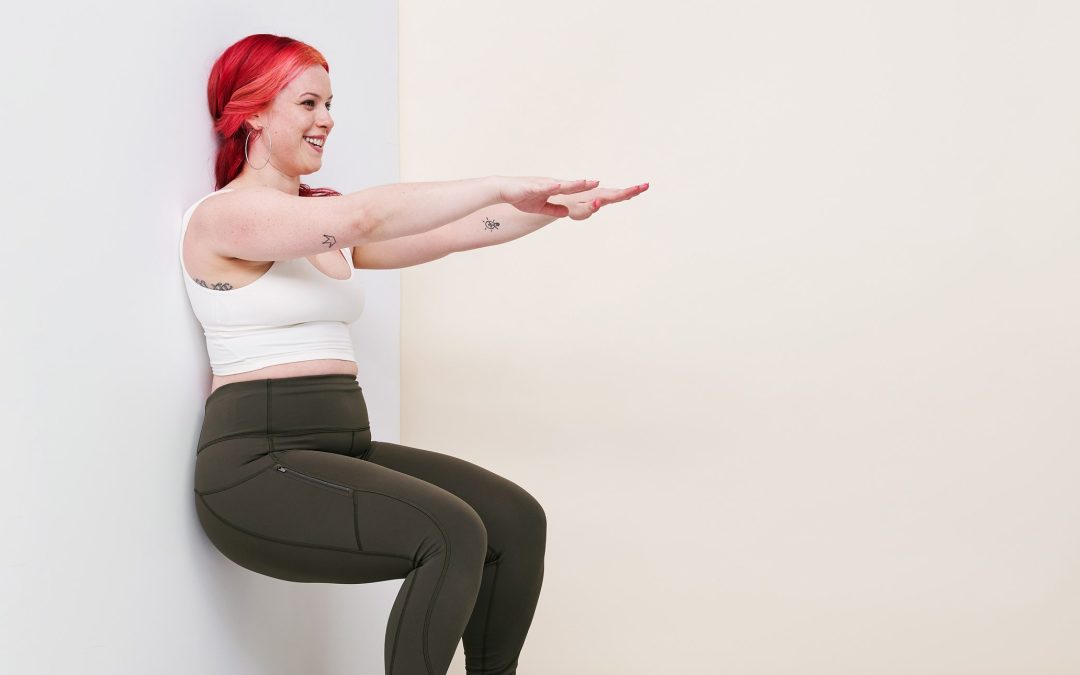When you’re starting an exercise routine, it’s important to ease into things, which helps reduce your injury risk and increase the effectiveness of your sessions. A total-body beginner workout can be an awesome option to get you going, and we have a solid example below that you can try at home.
This workout—which ACSM-certified personal trainer Asher Freeman created for SELF—centers on six foundational movement patterns: plank, hinge, rotation, push, pull, and squat.
In time, “you can make each movement pattern very intense, you can make it very technical, and you can add a lot of equipment,” Freeman, creator of the Nonnormative Body Club in Philadelphia, tells SELF.
But before any of that happens? “It’s really important that you feel comfortable with each movement pattern in pretty simple exercises,” says Freeman. That way, you can learn proper form, build muscle memory and muscle strength, and lay a strong foundation to progress on in the future.
This workout delivers all that in the form of six beginner-friendly variations of the major movement patterns.
Take, for instance, the second exercise featured in this workout: the glute bridge. A simple version of the hinge movement pattern, the glute bridge is a low-risk way to learn how to hinge from your hips—a skill that applies when you’re doing more advanced moves, like deadlifts. If your goal is to, say, deadlift a super-heavy barbell, “you might want to start with a glute bridge because that’s the same movement that you’re doing,” explains Freeman. The glute bridge helps you learn the hinge movement using just your bodyweight, and the floor provides feedback on the positioning of your back that can help you maintain a neutral (versus curved) spine once you progress to a deadlift.
“That way, when you’re ready to come to a deadlift, you have that movement pattern and you have the muscle memory of that movement pattern” they say.
Now, you may notice this workout includes ample rest. That’s intentional because the focus here is on building muscle memory and muscle, says Freeman. “I want to make sure that people are able to catch their breath and it doesn’t become a cardio workout.” Plus, you want to be able to complete the same number or reps, or perform work for the same amount of time, in your second set as your first—important for gaining strength—which would be tricky if you didn’t allow your muscles the time to rest before diving back in.
You can do this routine as often as every other day, says Freeman. Before you get started, though, do a proper warm-up to get your blood flowing and ensure you don’t begin the workout with super-tight muscles, says Freeman. Here’s a quick yet effective five-move warm-up to consider.
With that, let’s get right into this 12-minute, total-body beginner workout!
The Workout
What you need: A resistance band for the single-arm anchor point row (and a sturdy anchor point to attach it to, such as a door). You’ll want a band that allows you to do at least 10 reps without getting overly fatigued or making compensations in your form. However, if you can do more than 15 reps with your band, opt for one with more resistance, says Freeman.
You’ll also need a step or box for the elevated push-up, a wall for the wall-sit, and you may want to use a yoga mat for comfort for the other moves.
Exercises
- Dead bug
- Glute bridge
- Quadruped thoracic rotation
- Elevated push-up
- Wall sit
- Single-arm anchor point row
Directions
- Complete each exercise for the prescribed number of reps or designated time. Rest 30 seconds, then repeat the same exercise again for another set. Complete two sets total.
- After finishing with each exercise, rest as needed and move onto the next exercise in the sequence.
Demoing the moves below are Gail Barranda Rivas (GIFs 1, 2, and 4), a certified group fitness instructor, functional strength coach, Pilates and yoga instructor, and domestic and international fitness presenter; Caitlyn Seitz (GIF 4), a New York–based group fitness instructor and singer-songwriter; Nikki Pebbles (GIF 5), a special populations personal trainer in New York City who also holds a master’s degree in psychology specializing in body image and leadership; and
Nicole Figueroa, a NASM-certified personal trainer and online fitness coach.

